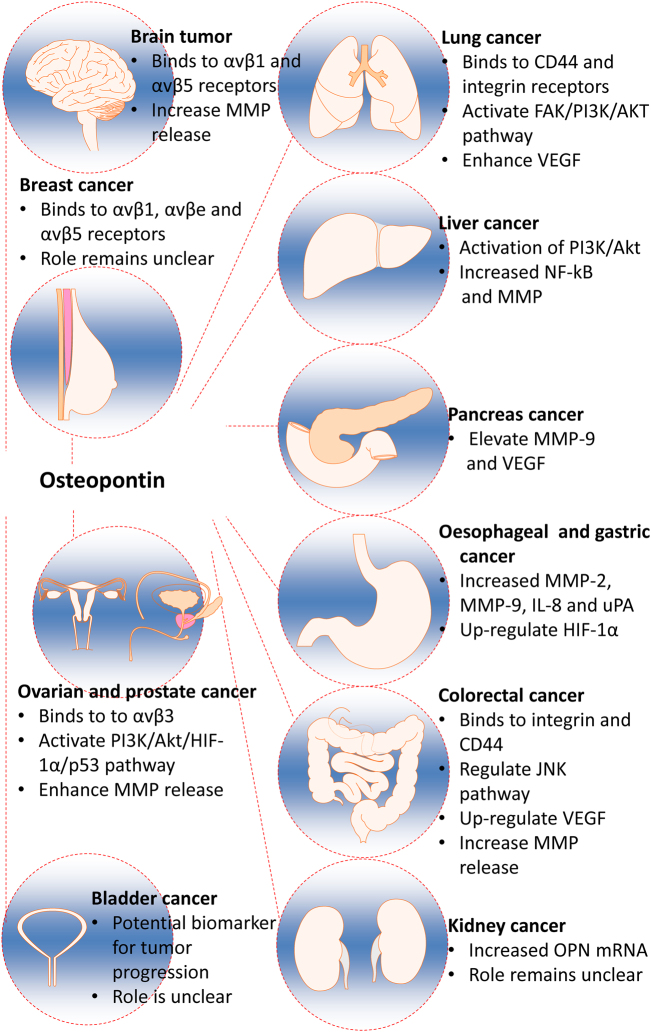Fig. 4. The role of osteopontin in various solid organ tumours.
Osteopontin (OPN) has demonstrated a role in the development of various solid organ tumours via various differing mechanisms. In breast, brain, ovarian and prostate cancers, OPN has been shown to preferentially bind to a variety of integrins including αvβ1, and αvβ5, αvβe, αvβ3, resulting in an increase in cell adhesion, migration, and invasion, whilst OPN has been shown to bind to both integrin and CD44 receptors in lung cancers. In addition to receptor binding, OPN is involved in enhancing MMP release and thus increasing cell invasiveness and tumour growth in brain, liver, pancreas, colorectal, ovarian and prostate, and oesophageal and gastric cancers. OPN-mediated upregulation of the PI3K/Akt signalling pathway is a common feature of liver, lung, ovarian and prostate tumour progression, thus preferentially regulating cell survival, cell cycle progression and cellular growth in favour of tumour development. Activation of VEGF and its downstream effector, HIF-1α, by OPN may occur dependently or independently of PI3K/Akt activation and promotes tumour angiogenesis, recruitment of endothelial cells and tumour growth, particularly in colorectal, pancreatic, lung, and oesophageal and gastric malignancies. Activation of the JNK pathway by OPN has been shown to be most specific to colorectal cancer, whilst the precise role of OPN in bladder and kidney cancers, particularly, remains to be elucidated. OPN osteopontin, MMP metalloproteinase, PI3K Phosphatidylinositol-3 kinase, VEGF vascular endothelial growth factor, HIF-1α hypoxia-inducible factor 1

